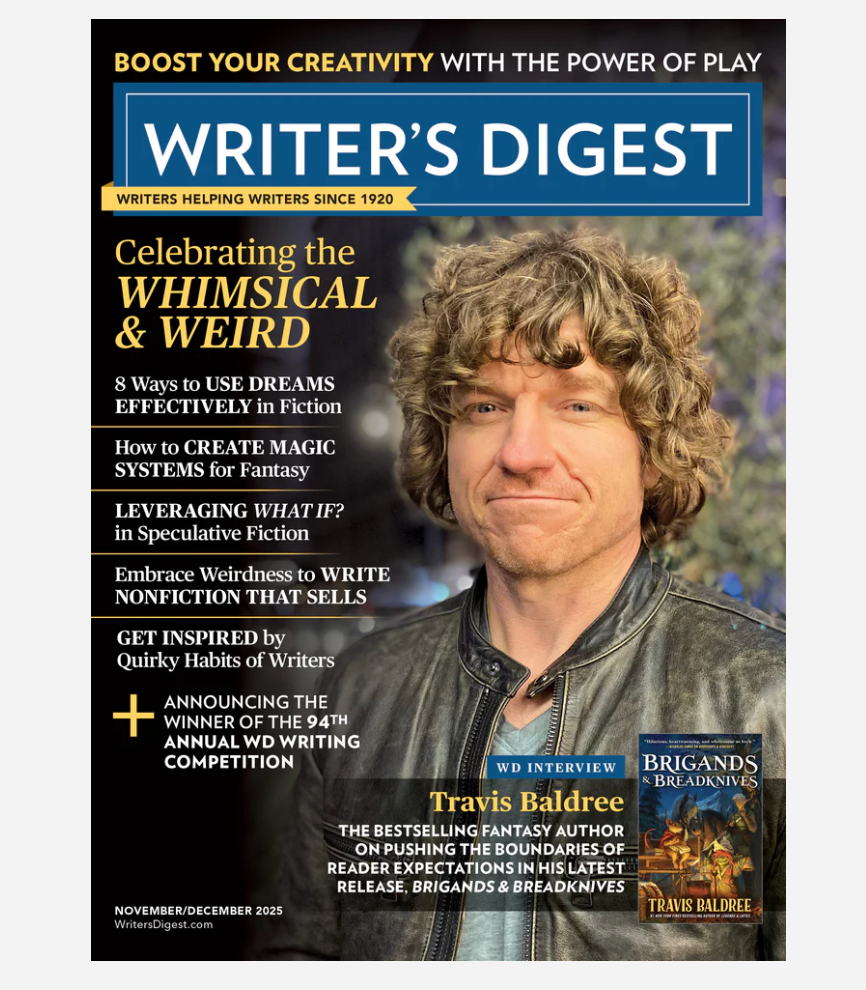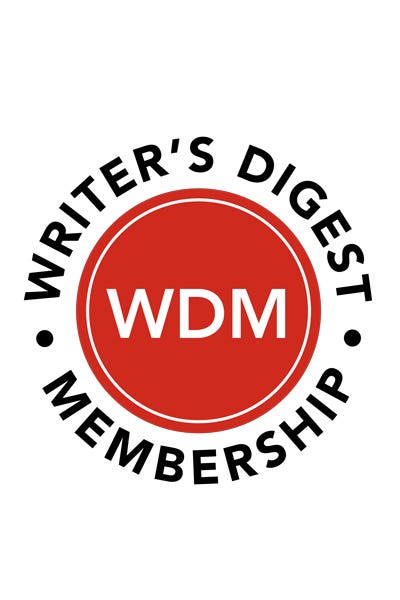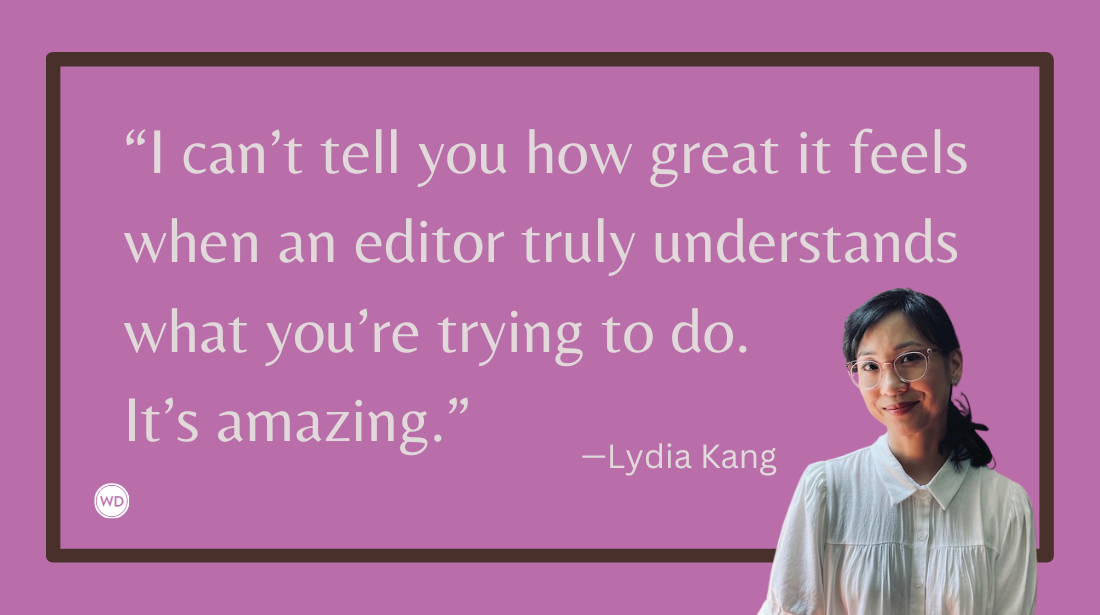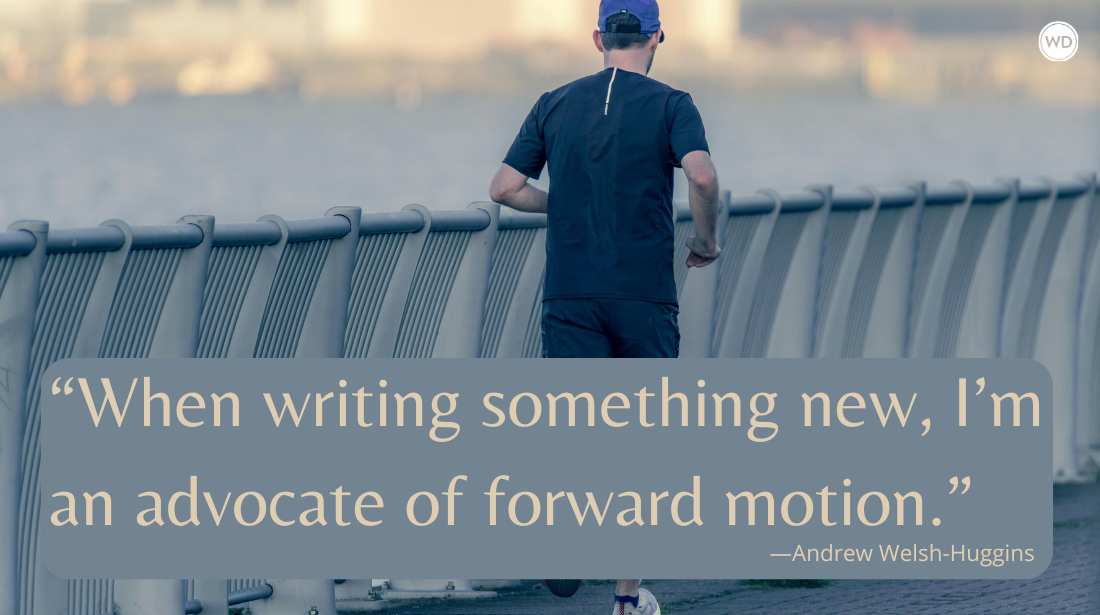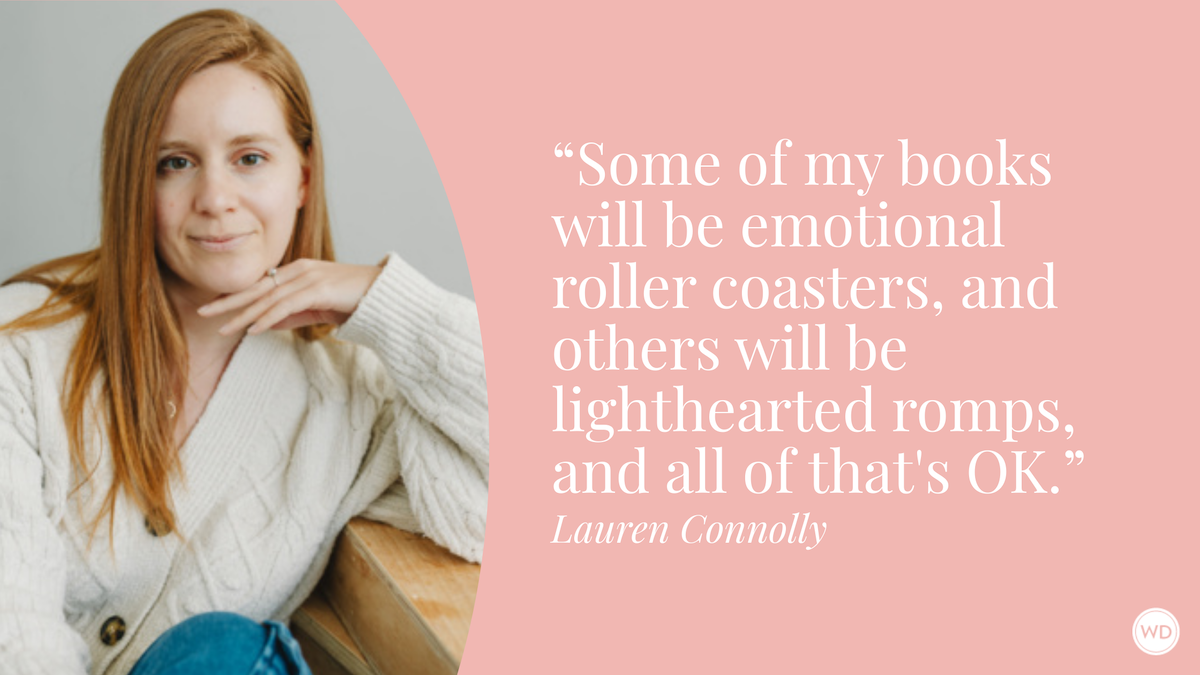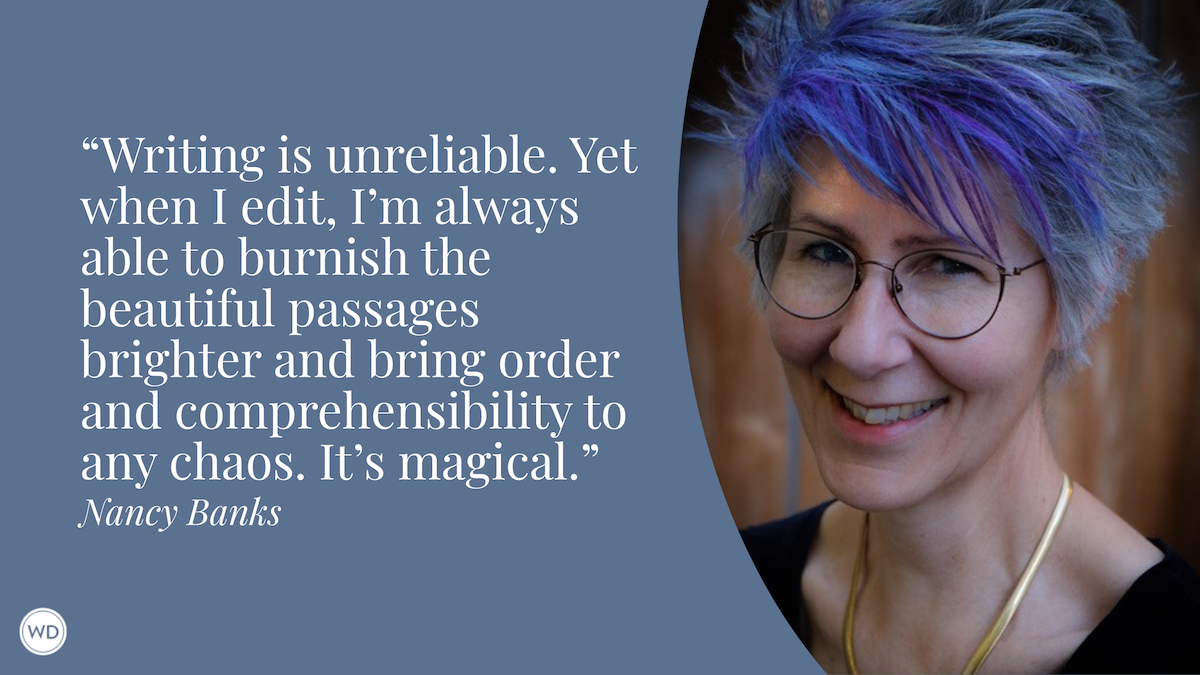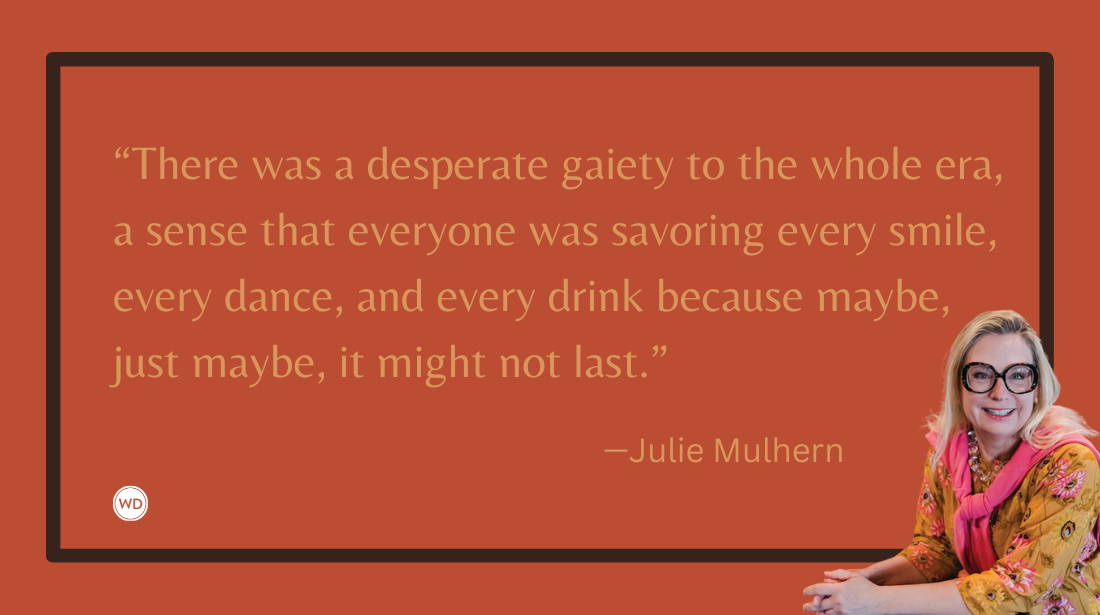On Being an Unreformed Writer of Dark Humor
Author Amber Sparks shares her love of dark humor and how it featured in her youth and adulthood as a writer (and consumer of media).
My favorite joke is the one about death. My favorite TV show is BoJack Horseman. My favorite genre? Black comedies. My favorite coping mechanism? Gallows humor, naturally.
I was born in 1978, so TV was my caretaker, my babysitter, my deity, and my best friend. I grew up in that glorious confluence of TV old and TV new, where manic Hanna-Barbera cartoons ran side by side with sitcoms about working class families and black and white shows featuring hilarious women in less hilariously gendered relationships. And I learned everything you need to know about this life through watching television: how to relate to an alien, why the dinosaurs went extinct (seriously), how to talk to the dead movie star haunting your house if you are a teenage boy, and what would happen if you could grant wishes but also had to be sexy and live in a bottle.
But the most important thing I learned from TV? Never be sad when you can be funny instead—unless you can be funny and sad, which is even better. Slipping on a banana peel? Hilarious. Slipping on a banana peel while already downtrodden? Art.
Back then, I wanted to be an actress, and my role models were easy to find: depressed, snarky Lydia on the Beetlejuice TV show; depressed, snarky Peter Venkman on the Ghostbusters TV show; sardonic Darlene on Roseanne; and of course, selfish, sarcastic, and glamorous Peg Bundy on Married with Children.
I also watched a lot of silent films with my mom late at night on AMC and studied the sad clowns closely: Charlie Chaplin, Buster Keaton. Later, I’d watch MTV and idolize Daria, the cartoon embodiment of everything I wanted to be for real: witty, depressed, and cool. (It never occurred to me until much, much later that wanting to be depressed meant you probably already were.) These characters were never pitiful, never pitiable; they made unhappiness seem like a natural state, and anything else seemed artificial by comparison. Their outlook was existential, world-weary; nothing was off limits and death was the biggest joke of all.
When I began writing plays, and later, fiction, I carried that same sensibility into my work. So many of my favorite playwrights, like Christopher Durang and Tony Kushner, dared to write humor around the darkest of subjects. I was diagnosed with depression and anxiety while getting my degree in philosophy (lols all around, right?). And so I found the WHY—why I’d always been so drawn to the dark, funny stuff. It made me feel less alone, paradoxically, and made it easier to cope with what essentially felt like a hostile and often meaningless world. Humor was a rational response to the void!
Yet, though I learned about existentialism, I could never lean into it too much; like my humor heroine, Dorothy Parker, I had a deep cynic’s abiding belief in activism and the ability to change the world, even if you couldn’t change yourself. (Which is kind of funny, too.) And like Dorothy, I always felt that “you might as well live”—and do it wittily. There are plenty of places for pure pathos in art (like literally any Russian novel) and I love a good cathartic cry as much as the next reader or viewer. But there’s something incredibly, if paradoxically, comforting about a good joke about The Horrors. (Russian novels are full of those, too.)
Breton coined the term ‘black humor’ as he was attempting to classify a type of writing where the humor comes from cynicism, often on bleak topics like death. He came up with the term in 1935, when this type of writing was nearly the exclusive province of men—or at least was believed so. And yet I would have been shocked to learn that as a cynical teenager in the 1990s, when so many of my role models were funny, sad women.
If I’d thought about it too long, I probably would have guessed that women were just born that way; our lot in life predisposed us to a kind of hopeless hilariousness. And so many of the writers I adore now for their sharp, sad, funny humor are women: Muriel Spark, Jenny Lawson, Stella Gibbons, Erin Somers, Lindsey Hunter, Barbara Comyns, Miranda July, Kristin Arnett, Sam Irby, Alyssa Nutting, Marie-Helene Bertino, Melissa Broder, Ottessa Moshfegh. So many sad and funny women, railing or not railing at the world from the proximity of the gallows.
Now, I’m just glad no one told me that women weren’t supposed to be funny like that; I never learned any better. And just to prove it, I’ll tell you a joke I like:
Woman says to her friend: My grief counselor died last week.
Her friend says: Oh my god, I’m so sorry!
Woman says: That’s okay. She was so good at her job that I’m already over it.
Ba dum ching.
We “give birth astride a grave,” says Pozzo in the play Waiting for Godot. And that’s sad. But in that same play, Estragon says, when asked how his carrot tastes, “It’s a carrot.” And that’s sad and funny: sublime.
Check out Amber Sparks' Happy People Don't Live Here here:
(WD uses affiliate links)


